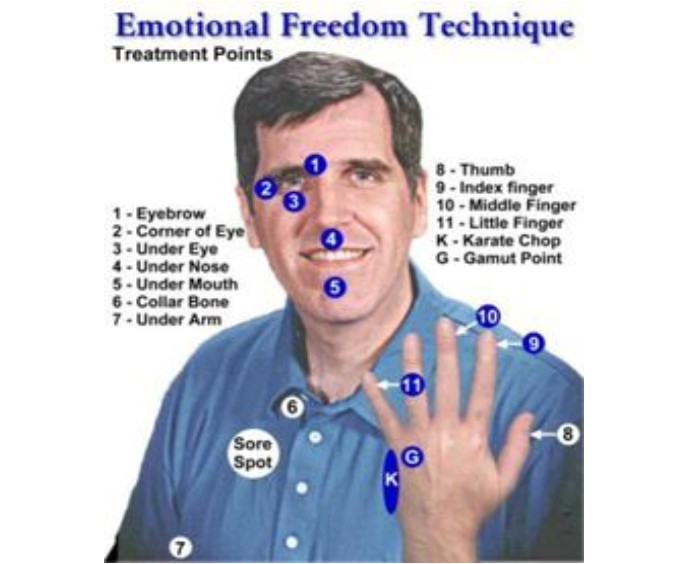Elsewhere, I have touched on the value of tapping in safe experiments that seek to calm or soothe me. These experiments evolved from Emotional Freedom Therapy (EFT).
After I completed my work on the placebo effect, I realised that I had offered little explanation for this tapping experiment. It could well qualify as one of the powerful examples of a placebo; or maybe not! Anyway, if it works, don’t knock it!
Tapping appears to impact on our neural pathways; to calm ourselves, to focus our attention and to communicate quite directly with our central and peripheral nervous systems. The person with much to say about this is Stephen Porges, amongst others.
In my view, tapping is important as it helps to slow us down.
An important process in learning is ‘self-reflection’ – the ability to think about ourselves. This is not a selfish ‘thinking’, but a thinking about who I am, at this moment, now. It enables us to consider how we make meaning, and what means we are making.
The brain seems to go at a rate of knots. This might be fine most of the time, but it means we can miss important information when the going gets tough. One known problem arising for people experiencing trauma is that our emotions ‘rule’, even when that is not obvious.
Our ability to think about ourselves can become impaired. Thinking about ourselves can become a source of fear-making in its own right – when a picture in our visual cortext triggers the Amygdala in the older and not-so-smart, lower brain.
We may remember ourselves only too well but it is a partial remembering. Rather like a black hole in space, that memory can suck us in to an emotional vortex. That makes difficult to control events by stepping back.
MORE EXPERIMENTING WITH TAPPING: SOME SAFE SUGGESTIONS
When you notice a discomfort, whether it is an emotion or a sensation, stop for a moment and cross you arms over your chest. Slowly tap each shoulder alternately with your finger tips.
This experiment is called The Butterfly Hug.
As you do this, take a SUD reading of the intensity of your experience.This will be an entirely subjective rating of your experience between 1 (low intensity) and 10 (the highest possible intensity). You do not have to justify it or explain it to yourself or others.
Start to do the Body Scan safe experiment as you tap your shoulders (or chest if that is more comfortable) with each hand – gently and alternating between the left and right hand. Do not rush these things! Continue this for a short time, maybe just 30 seconds and take a SUD rating of the intensity of your experience. Also, be aware of any thoughts and sensations within your body. Select one experience and focus your attention on it.
Your experience will have either lessened, stayed the same or increased. Make a note of the SUD and any factors that may have contributed to the change. If there is no change, then try other safe experiments e.g, such as controlled breathing or counting backwards from one thousand on your out-breath. After a further 30/40 seconds, note your new SUD for the same sensation. Again, note the factors that may have contributed to this change.
Be curious; if the SUD goes down, you may be relieved, but stay curious. What have you done differently to make it so. If SUD’s go up, be challenged to just notice that experience and to ‘go with the flow’. Do not fight it.
At a later time, return to your notes and seek out further patterns and/or ‘do-able’ things for a similar situations in the future.
RE-EXPERIMENT
Take a look in the mirror. Complete the same safe experiments, butterfly hug, controlled breathing and the Body Scan. Notice the thoughts, feelings and sensations that are arising. What do these often small internal experiences tell you? Consider whether you can find a belief about yourself amidst all that information – judgements or views about your appearance, who you are and where your future lies.
This can be a moving experiment and, indeed, for some people, a very difficult one. Remain aware that an experiment can touch you strongly and unexpectedly. Only do as much experimenting as is helpful and remember to have that ‘consultant’ available to you.
Further lines of inquiry
How to design a safe experiment
Actions that can make up a safe experiment
